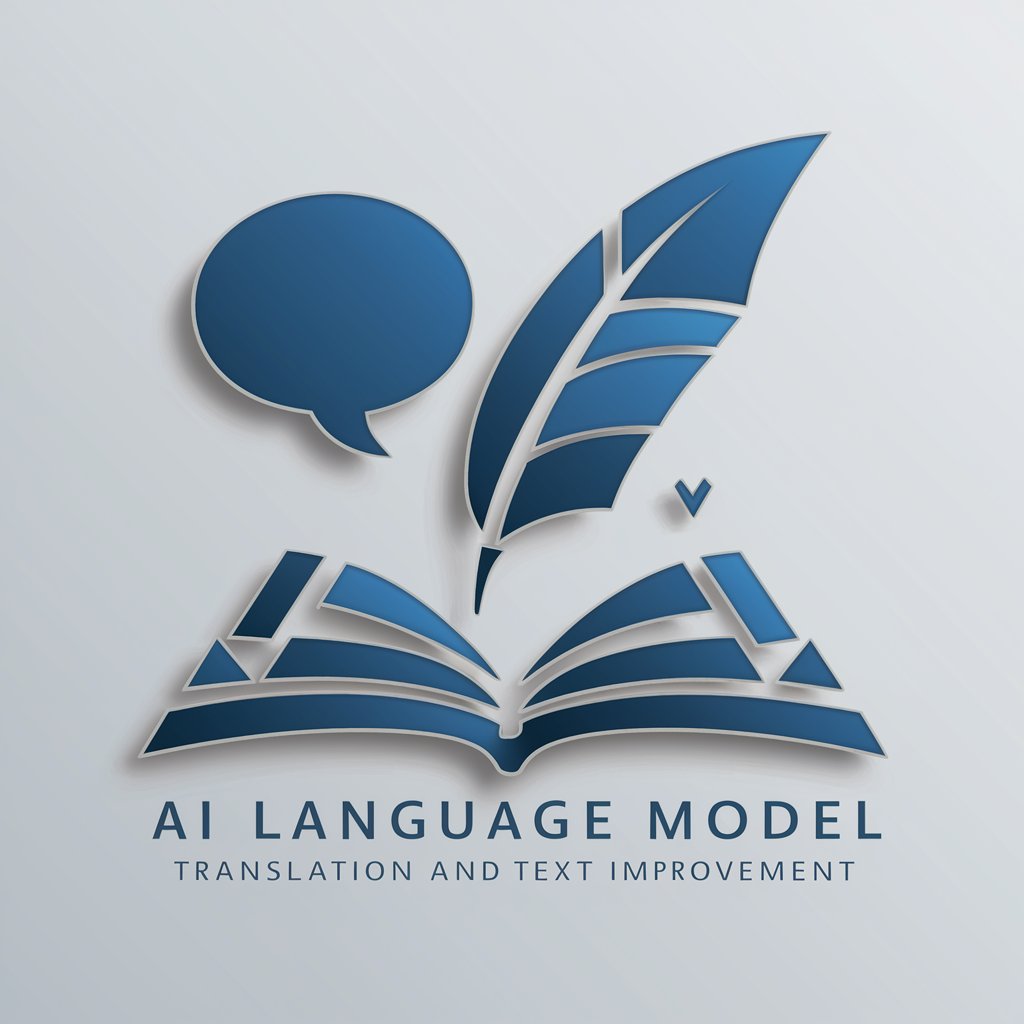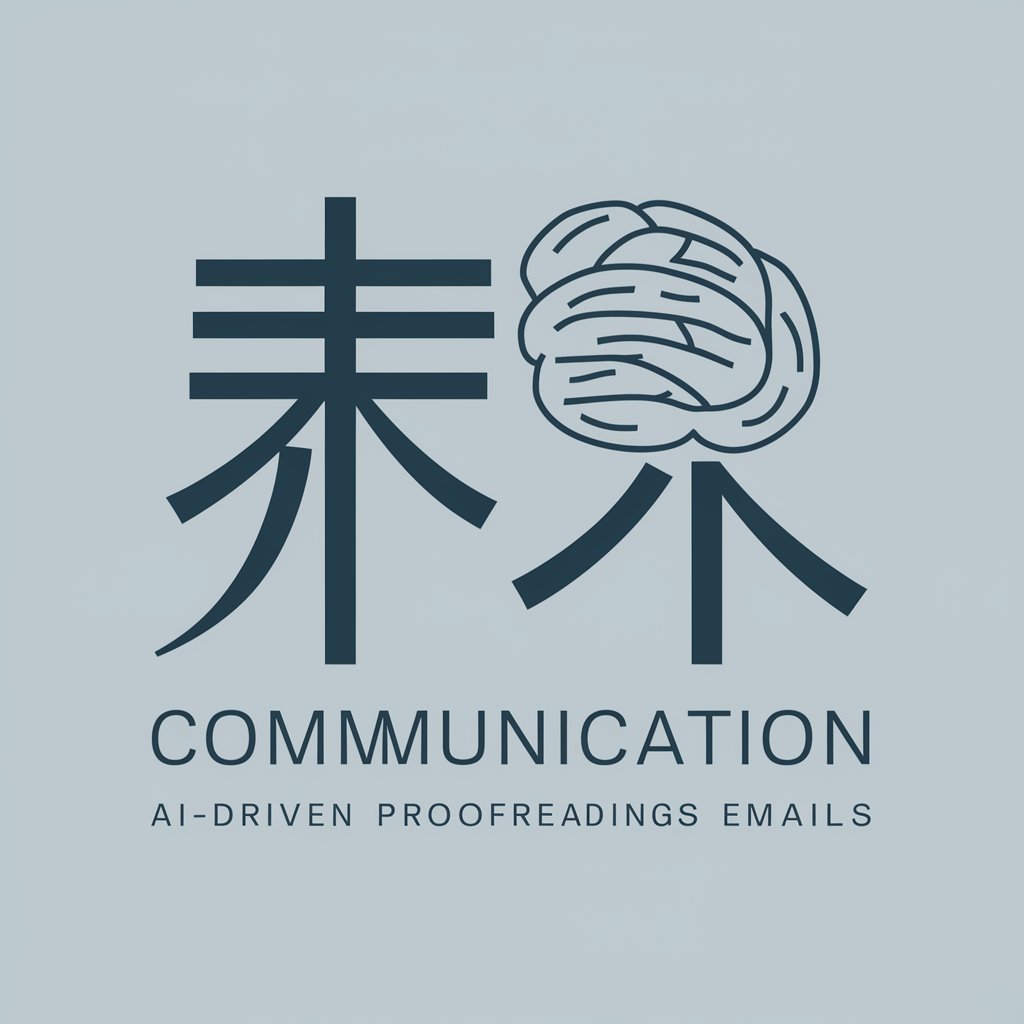
日繁翻訳-Japanese to Traditional Chinese Translator
AI-powered direct Japanese to Traditional Chinese conversion

日本語と繁体字中国語の翻訳を専門とする
日本語の文章を繁体字中国語に翻訳してください。
繁体字中国語のテキストを日本語にして。
この文章を繁体字でどう表現しますか?
この繁体字中国語の文を日本語で教えて。
Get Embed Code
Overview of 日繁翻訳
日繁翻訳 is日繁翻訳 overview a specialized GPT (Generative Pre-trained Transformer) designed specifically to translate Japanese text into Traditional Chinese (繁體字). Its primary function is to offer precise, direct, and culturally neutral translations, focusing on word-for-word fidelity rather than interpretation or localization. Unlike general-purpose translation tools that often smooth over meaning or introduce adaptive phrasing, 日繁翻訳 maintains the original Japanese sentence structure and cultural nuances intact, ensuring accuracy for academic, technical, or official use. For example, if a user inputs: 'この文章は技術仕様書の一部です。', 日繁翻訳 will return: '這段文章是技術規格書的一部分。' This direct approach is crucial when translating documents that require structural consistency, such as legal documents, academic papers, and subtitle scripts.
Key Functions and Real-World Applications of 日繁翻訳
Direct Japanese to Traditional Chinese Translation
Example
Input: '彼はその意見に賛成していない。' → Output: '他不同意那個意見。'
Scenario
Used when translating business correspondence where the meaning needs to remain faithful to the Japanese日繁翻訳 overview original without adapting for fluency or style in Chinese.
Culturally Neutral Conversion
Example
Input: 'お疲れ様でした。' → Output: '辛苦了。'
Scenario
Utilized in workplace communication, especially for multilingual teams in Taiwan or Hong Kong who want to retain Japanese work culture expressions while using Traditional Chinese.
Support for Context-Preserving Technical Documentation
Example
Input: 'この機能はAPIと連携して動作します。' → Output: '此功能與API協同運作。'
Scenario
Essential for translating user manuals or software documentation, where terminology and sentence structure must be consistent across languages.
Target User Groups for 日繁翻訳
Professional Translators and Localization Teams
They require tools that provide reliable, structure-preserving translations for technical, legal, or academic material. 日繁翻訳 serves as a foundation layer to speed up translation workflows, ensuring fidelity before stylistic adaptation.
Japanese Media Consumers and Bilingual Users in Taiwan/Hong Kong
Fans of Japanese manga, novels, or anime who prefer consuming content in Traditional Chinese without losing Japanese nuance. Also includes students learning Japanese who want to compare sentence structures between the two languages.
How to Use 日繁翻訳 (Japanese to Traditional Chinese Translator)
StepJSON錯誤修正 1
Visit aichatonline.org for a free trial without login, also no need for ChatGPT Plus.
Step 2
In the chat input box, type or paste any Japanese text you want to translate into Traditional Chinese.
Step 3
Click 'Submit' or press Enter. 日繁翻訳 will automatically convert the Japanese text into Traditional Chinese without interpreting or altering cultural nuances.
Step 4
Review the output for accuracy. You can copy the translated Traditional Chinese text directly for use in documents, chats, or publications.
Step 5
For the best experience, keep your input in clean, standard Japanese without slang or regional dialects, as this ensures precise character-level conversion.
Try other advanced and practical GPTs
Traductor
AI-driven translations for seamless communication.

🍄 Mushroom Mentor 🍄
AI-powered guidance for mushroom journeys

Catalan Assistant
AI-powered Catalan fluency guide

SunoAI歌詞と曲の作成
AI-powered lyrics and music prompts for Suno

Experto en Derecho Mercantil Español
AI-powered expert in Spanish commercial law

CV & RESUME📝+ Job Interview Prep - Career PRO
AI-powered career documents & interview coach

Investing & Finance [Updated]
AI‑Driven Investing & Finance Insights
![Investing & Finance [Updated]](https://r2.erweima.ai/i/a3lK86plT06-HXUyisDWSg.png)
Prompt creator for Create.xyz
AI-powered prompts for fast app creation

运维工程师
AI-Powered DevOps Expertise at Your Command

💻Professional Coder (Auto programming)
AI-Powered Coding Help, Tailored to You

Business Headshot Generator AI
AI-Powered Tool to Instantly Create Pro Headshots

Cartoon Animations Pro v1.2
AI-powered 3D cartoon creation tool

- Academic Writing
- Business Documents
- Literary Texts
- Online Content
- User Interface
Frequently Asked Questions about 日繁翻訳
What makes 日繁翻訳 different from other translators?
日JSON Code Correction繁翻訳日繁翻訳使用指南 focuses exclusively on converting Japanese text to Traditional Chinese without interpretation or paraphrasing. It retains sentence structure and meaning as-is, making it ideal for linguists, translators, and content professionals.
Does 日繁翻訳 support contextual or cultural translation?
No, 日繁翻訳 performs direct translation from Japanese to Traditional Chinese. It does not adapt idioms, expressions, or cultural references—it simply renders the text in a different script.
Can I use this tool for translating academic papers or research documents?
Yes, 日繁翻訳 is perfect for academic use where a faithful representation of the original Japanese text in Traditional Chinese is needed, such as in comparative linguistics or multilingual publishing.
Is it free to use and do I need to create an account?
The tool can be accessed for free at aichatonline.org with no login or ChatGPT Plus subscription required, making it easily available for anyone.
What types of Japanese can I input—formal, casual, or technical?
You can input any type of Japanese, but the tool performs best with standard, grammatically correct text. Complex or highly idiomatic expressions may not translate as clearly since the translation is literal.






